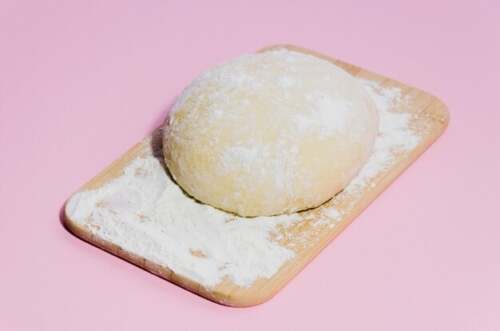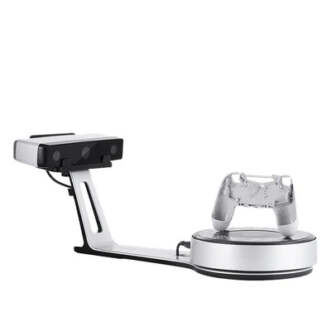
Which Is Better: White Pocket Pita Bread or Regular Bread?
Pita bread from the Middle East is a light, puffy, round bread that is lower in calories than other breads. Each country has a newer version of pita bread, some have it as flatbreads, and some prefer it as pita pockets. Preheat the oven or baking stone, place the dough, and wait for the puffed-up pockets. Some people also prefer to add a pinch of sugar and other seasonings to make them a little sweeter.
Pita bread and regular bread have differences in their carbohydrates and fiber content. White bread is made with white flour free from bran and germs. This means white bread has a lower fiber content and is high in carbohydrates. Pita bread is made with whole grain wheat flour, which makes it rich in fiber and has fewer carbs, helping to keep blood sugar levels stable. Let us now understand why pita bread is considered a healthy option compared to other types of bread.
The Nutritious Content of Pita Bread
- Nutrients – The Mediterranean diet emphasizes a balanced and healthy eating pattern and includes a lot of fruits, vegetables, and healthy fats in the cuisine. One such healthy choice is switching to customer favorite pita bread, often vehicled with dips like hummus and baba ganoush. White pocket pita bread contains whole grains and provides an assortment of vitamin B, good for balancing your mood and providing energy. White bread is high in phytic acid due to refined grains, which block the absorption of iron, zinc, magnesium, and calcium.
- Carbohydrates – A low-carb diet for weight loss is not a myth, it is actually popular and also used to manage diabetes. Pita bread contains fewer carbohydrates compared to regular bread, thus helping in managing weight. Pita bread contains complex carbohydrate molecules that help keep you full for a longer time. Whereas regular bread has simpler carbohydrates that break down and get digested easily, and make you hungry again.
- Anti-inflammatory – The anti-inflammatory diet focuses on foods like fruits, vegetables, whole grains, and healthy fats that can help reduce inflammation in the body. For this diet, whole-grain freezer friendly pita bread made with whole grains like whole wheat or whole grain flour is a good option. Whole grains contain dietary fiber that can support the digestive system and help control bowel movements, which is advantageous for people with inflammatory bowel disease.
White bread does not have any anti-inflammatory properties.
- Protein & Fiber – Pita bread provides 5.5 grams of protein in each serving, which is comparatively more than other grains and cereals. Not only that, pita bread also has fewer carbs and is an enriched source of fiber. It contains 6 grams of fiber per serving, which is why promotes healthy digestion and makes you feel full. One whole-wheat pita has 10% vitamin B recommended daily, and other minerals such as selenium, magnesium, and iron.
- Glucose Level – Diets high in fiber, such as the DASH and Mediterranean diets, have been promoted to support normal blood sugar levels. Due to its high fiber content, pita bread can act like a sponge in your GI tract, attracting water and trapping carbohydrates to slow down digestion. Additionally, it slows the rate at which sugar enters the bloodstream.
- Vitamin & Minerals – Pita bread contains several vitamins & minerals like potassium, calcium, iron, and many more. Calcium helps in maintaining the health of the bones, and iron creates red blood cells for transporting oxygen in the body. Other vitamins & minerals convert food into energy and promote the overall health of the body.
In Conclusion,
Pita bread is much healthier than regular bread for individuals suffering from high blood pressure, celiac disease, and gluten intolerance. It is rich in fiber, has fewer carbs, and helps stabilize your blood sugar levels. Pita bread has more nutritional value when compared to other types of bread, making it ideal for weight management, cardiovascular health, and digestive health.
Read Our Other Blogs As Well –
- White Pocket Pita Bread Recipes from Across the Globe
- What Are the Advantages of Consuming Whole Wheat Pocket Pita Bread?
- A Step-by-Step Guide to Making Perfect White Pocket Pita Bread
- Health Benefits of White Pocket Pita Bread | Pita Bread





















